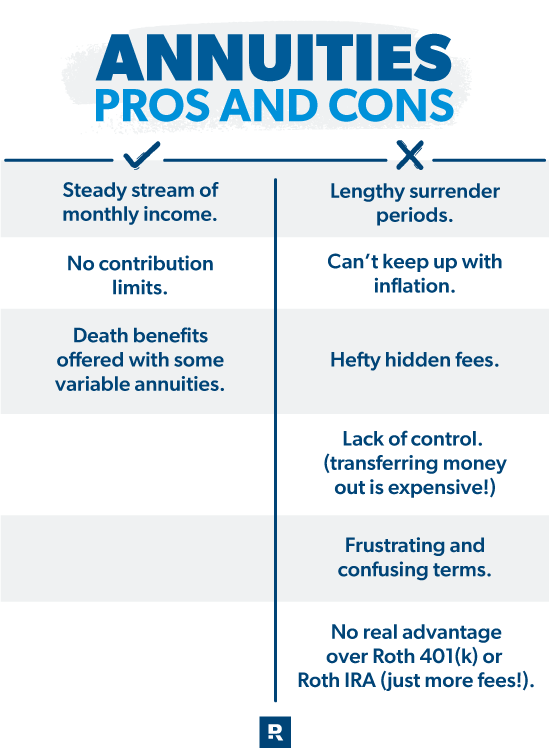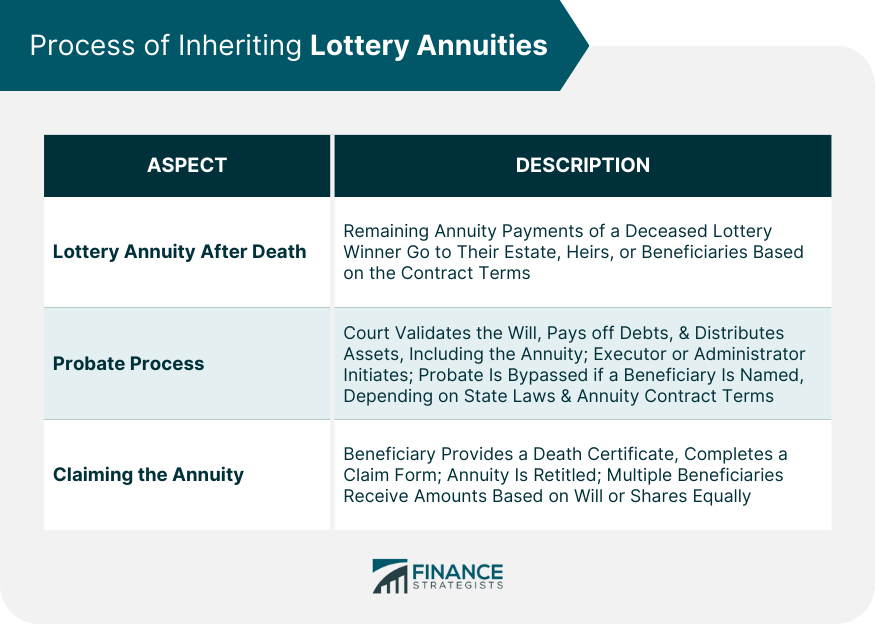All Categories
Featured
Table of Contents
This five-year basic rule and 2 following exceptions apply just when the proprietor's death triggers the payment. Annuitant-driven payments are talked about listed below. The very first exception to the general five-year regulation for specific recipients is to approve the death benefit over a longer period, not to go beyond the anticipated lifetime of the beneficiary.
If the beneficiary chooses to take the survivor benefit in this method, the benefits are taxed like any other annuity payments: partly as tax-free return of principal and partly taxable income. The exclusion ratio is discovered by utilizing the departed contractholder's cost basis and the expected payments based on the recipient's life expectancy (of much shorter duration, if that is what the beneficiary selects).
In this approach, in some cases called a "stretch annuity", the beneficiary takes a withdrawal yearly-- the required amount of yearly's withdrawal is based upon the exact same tables used to calculate the required circulations from an individual retirement account. There are two advantages to this technique. One, the account is not annuitized so the beneficiary preserves control over the money worth in the contract.
The second exemption to the five-year policy is readily available just to an enduring spouse. If the designated beneficiary is the contractholder's spouse, the partner may elect to "step right into the footwear" of the decedent. In effect, the spouse is dealt with as if she or he were the owner of the annuity from its inception.
Annuity Beneficiary inheritance tax rules
Please note this uses only if the partner is named as a "marked beneficiary"; it is not readily available, for example, if a count on is the recipient and the spouse is the trustee. The general five-year guideline and the 2 exemptions only apply to owner-driven annuities, not annuitant-driven contracts. Annuitant-driven contracts will pay survivor benefit when the annuitant dies.

For objectives of this discussion, think that the annuitant and the owner are different - Annuity interest rates. If the agreement is annuitant-driven and the annuitant passes away, the death activates the death benefits and the beneficiary has 60 days to determine how to take the survivor benefit based on the regards to the annuity agreement
Additionally note that the option of a spouse to "tip into the shoes" of the proprietor will certainly not be readily available-- that exemption uses only when the owner has actually passed away yet the owner really did not pass away in the instance, the annuitant did. Lastly, if the beneficiary is under age 59, the "fatality" exemption to avoid the 10% charge will not put on a premature distribution once more, since that is available just on the fatality of the contractholder (not the fatality of the annuitant).
Lots of annuity business have inner underwriting policies that decline to release contracts that name a various proprietor and annuitant. (There might be odd scenarios in which an annuitant-driven agreement fulfills a clients special demands, yet typically the tax obligation drawbacks will surpass the benefits - Annuity fees.) Jointly-owned annuities may posture comparable troubles-- or at the very least they may not offer the estate planning function that jointly-held properties do
Consequently, the death advantages should be paid within 5 years of the very first proprietor's death, or subject to both exemptions (annuitization or spousal continuation). If an annuity is held jointly in between a couple it would certainly appear that if one were to pass away, the various other might just continue ownership under the spousal continuation exception.
Think that the couple called their kid as beneficiary of their jointly-owned annuity. Upon the death of either proprietor, the business should pay the death advantages to the boy, that is the recipient, not the enduring partner and this would possibly defeat the owner's purposes. At a minimum, this instance explains the complexity and uncertainty that jointly-held annuities position.
Annuity Beneficiary and inheritance tax
D-Man created: Mon May 20, 2024 3:50 pm Alan S. composed: Mon May 20, 2024 2:31 pm D-Man wrote: Mon May 20, 2024 1:36 pm Thank you. Was hoping there might be a mechanism like establishing up a beneficiary IRA, yet appears like they is not the case when the estate is arrangement as a recipient.

That does not determine the sort of account holding the acquired annuity. If the annuity was in an acquired individual retirement account annuity, you as administrator need to have the ability to designate the acquired IRA annuities out of the estate to acquired Individual retirement accounts for each estate recipient. This transfer is not a taxable occasion.
Any type of distributions made from inherited IRAs after assignment are taxed to the recipient that obtained them at their normal revenue tax price for the year of distributions. Yet if the acquired annuities were not in an individual retirement account at her fatality, then there is no method to do a direct rollover right into an inherited IRA for either the estate or the estate recipients.
If that occurs, you can still pass the distribution via the estate to the specific estate recipients. The earnings tax obligation return for the estate (Kind 1041) can consist of Kind K-1, passing the earnings from the estate to the estate beneficiaries to be exhausted at their specific tax obligation prices instead of the much greater estate revenue tax prices.
How are Fixed Annuities taxed when inherited

: We will certainly create a strategy that consists of the most effective products and features, such as enhanced survivor benefit, costs perks, and irreversible life insurance.: Obtain a personalized approach made to optimize your estate's value and minimize tax liabilities.: Apply the picked method and get continuous support.: We will certainly aid you with establishing the annuities and life insurance policy policies, supplying continual guidance to guarantee the strategy continues to be efficient.
Should the inheritance be concerned as a revenue associated to a decedent, then taxes might apply. Usually talking, no. With exemption to retired life accounts (such as a 401(k), 403(b), or individual retirement account), life insurance coverage profits, and financial savings bond rate of interest, the recipient generally will not have to bear any kind of revenue tax obligation on their inherited wealth.
The amount one can acquire from a depend on without paying taxes relies on numerous elements. The government inheritance tax exception (Annuity beneficiary) in the USA is $13.61 million for individuals and $27.2 million for married pairs in 2024. Private states may have their own estate tax obligation guidelines. It is suggested to speak with a tax obligation expert for precise information on this matter.

His objective is to simplify retired life preparation and insurance policy, making sure that clients comprehend their selections and protect the ideal protection at irresistible prices. Shawn is the owner of The Annuity Professional, an independent on the internet insurance coverage company servicing consumers across the USA. Through this system, he and his team goal to remove the uncertainty in retired life planning by aiding people locate the most effective insurance policy coverage at the most competitive prices.
Table of Contents
Latest Posts
Understanding Financial Strategies Everything You Need to Know About Financial Strategies What Is Variable Annuity Vs Fixed Annuity? Pros and Cons of Variable Annuity Vs Fixed Indexed Annuity Why Fixe
Analyzing Fixed Interest Annuity Vs Variable Investment Annuity Key Insights on Deferred Annuity Vs Variable Annuity Defining the Right Financial Strategy Features of Fixed Index Annuity Vs Variable A
Breaking Down Tax Benefits Of Fixed Vs Variable Annuities Everything You Need to Know About What Is Variable Annuity Vs Fixed Annuity Defining Annuity Fixed Vs Variable Advantages and Disadvantages of
More
Latest Posts